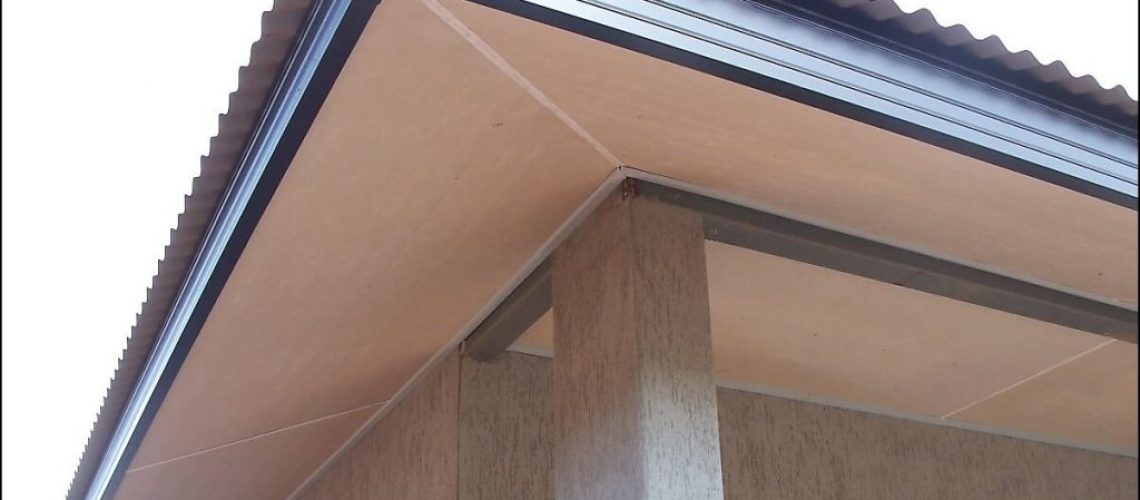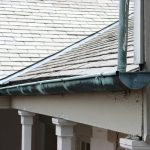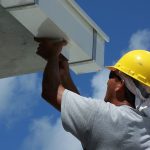If you’re a homeowner with an unfinished attic, you might not have considered that its proper ventilation is essential for your home’s optimal energy efficiency and to prevent some common conflicts.
Unaddressed Attic Ventilation Issues Can Cost You Money
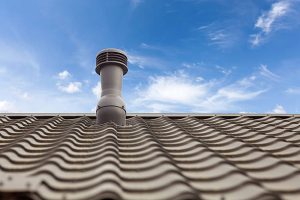
Prevent Winter Damage To Your Home With Proper Attic Ventilation
In the winter, the air you’ve paid to heat can escape to the attic and not have sufficient ventilation and the consequence of this is the cold air outside meeting the warmth of your attic and causing condensation. This moisture is the ideal environment for mold growth and will ruin your attic’s insulation and corrode wiring and building material. If the heat inside the home causes ice or snow to melt on top of the roof and then refreeze, it can lead to the building of a dam that causes water backup and more damage to your roof.
Understanding the Two Types of Attic Ventilation and Why They Matter
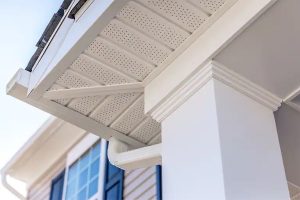
Call your local, trusted HVAC (heating, ventilation, and air conditioning) or roofing expert to evaluate the home’s current condition in this regard, and make recommendations with their estimate.

